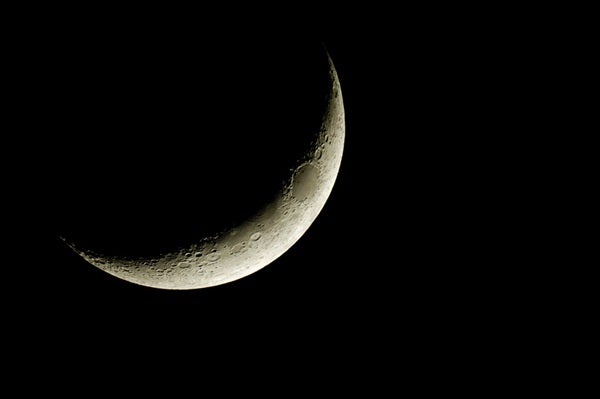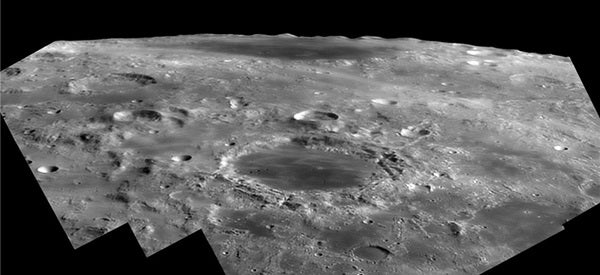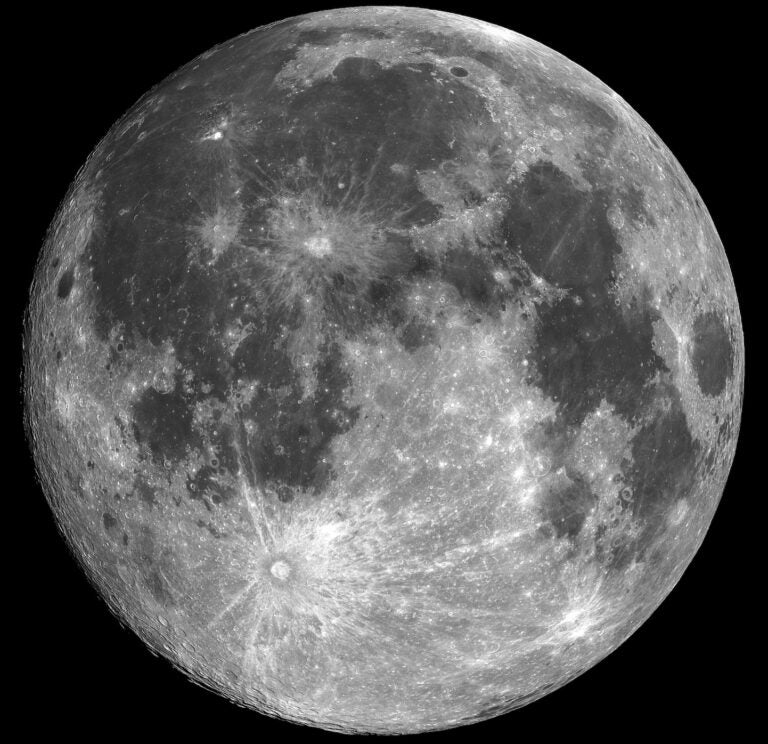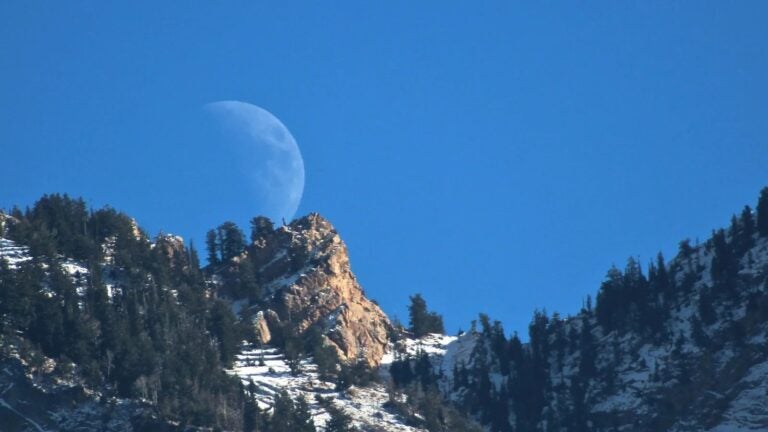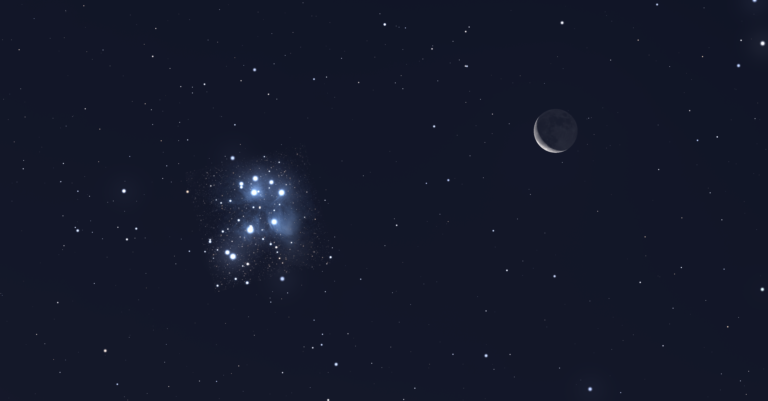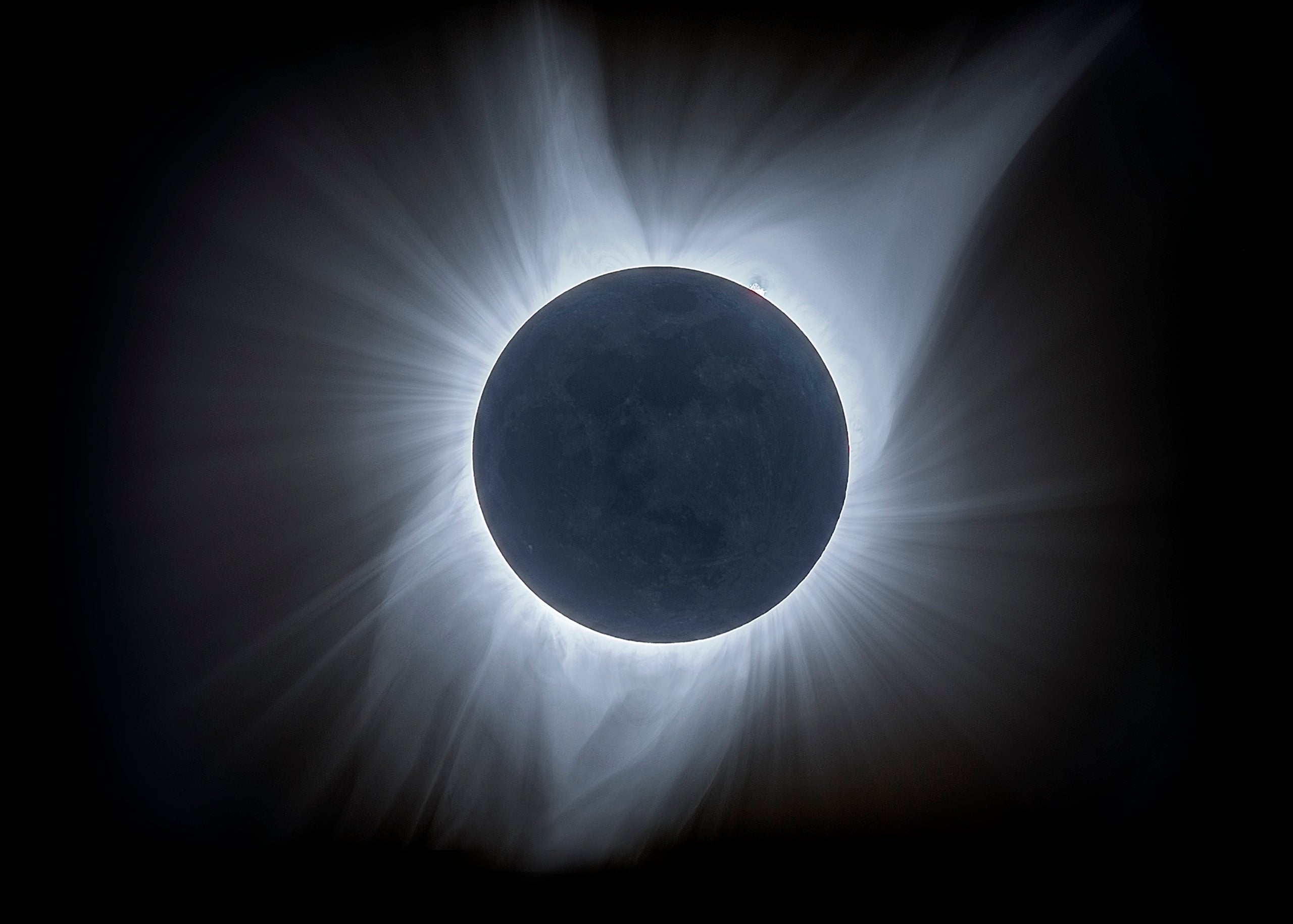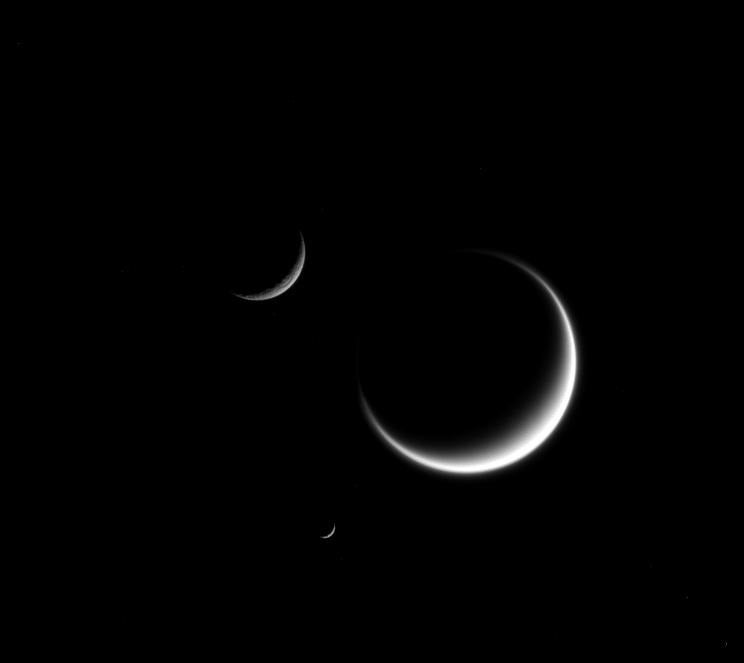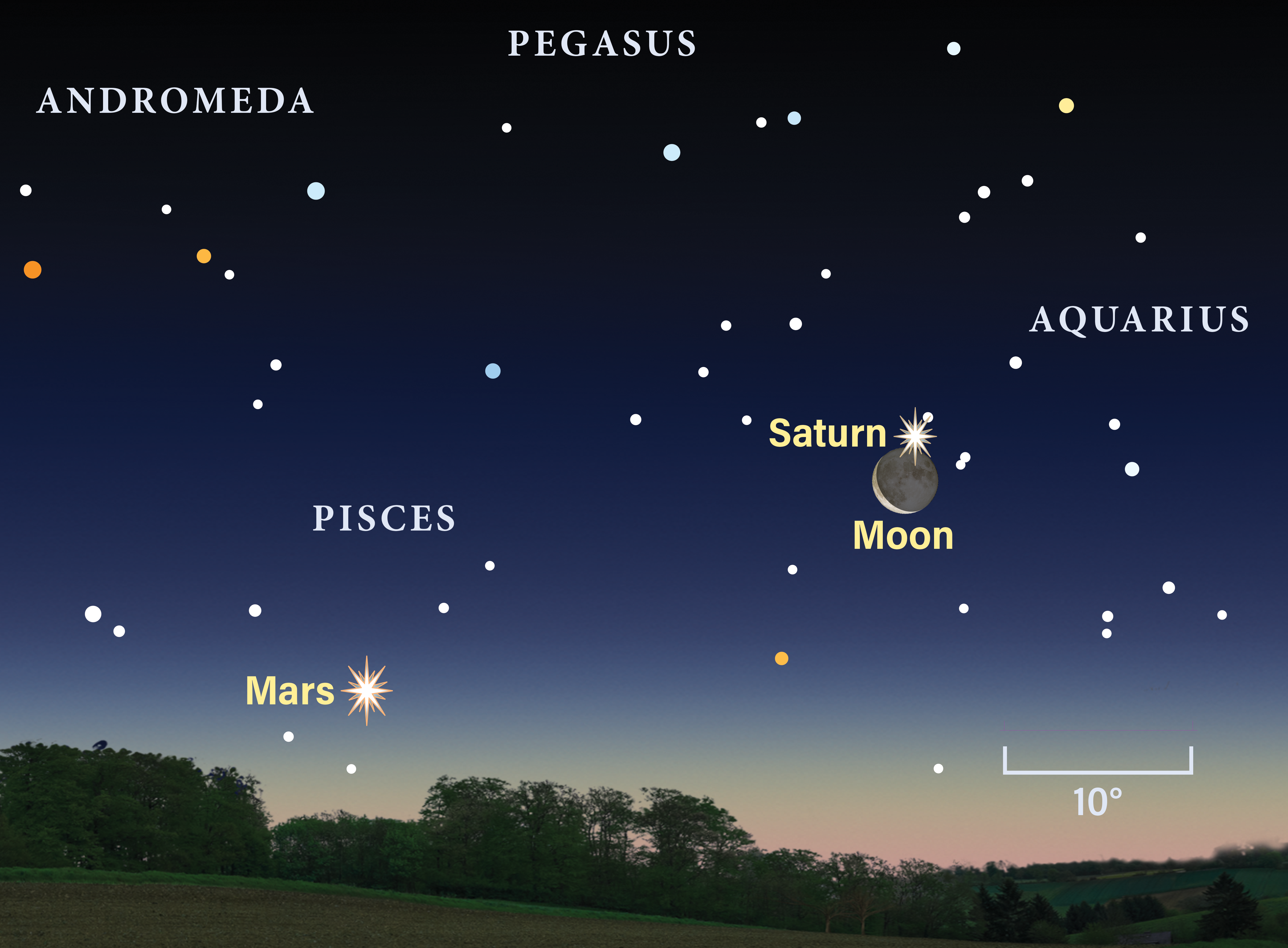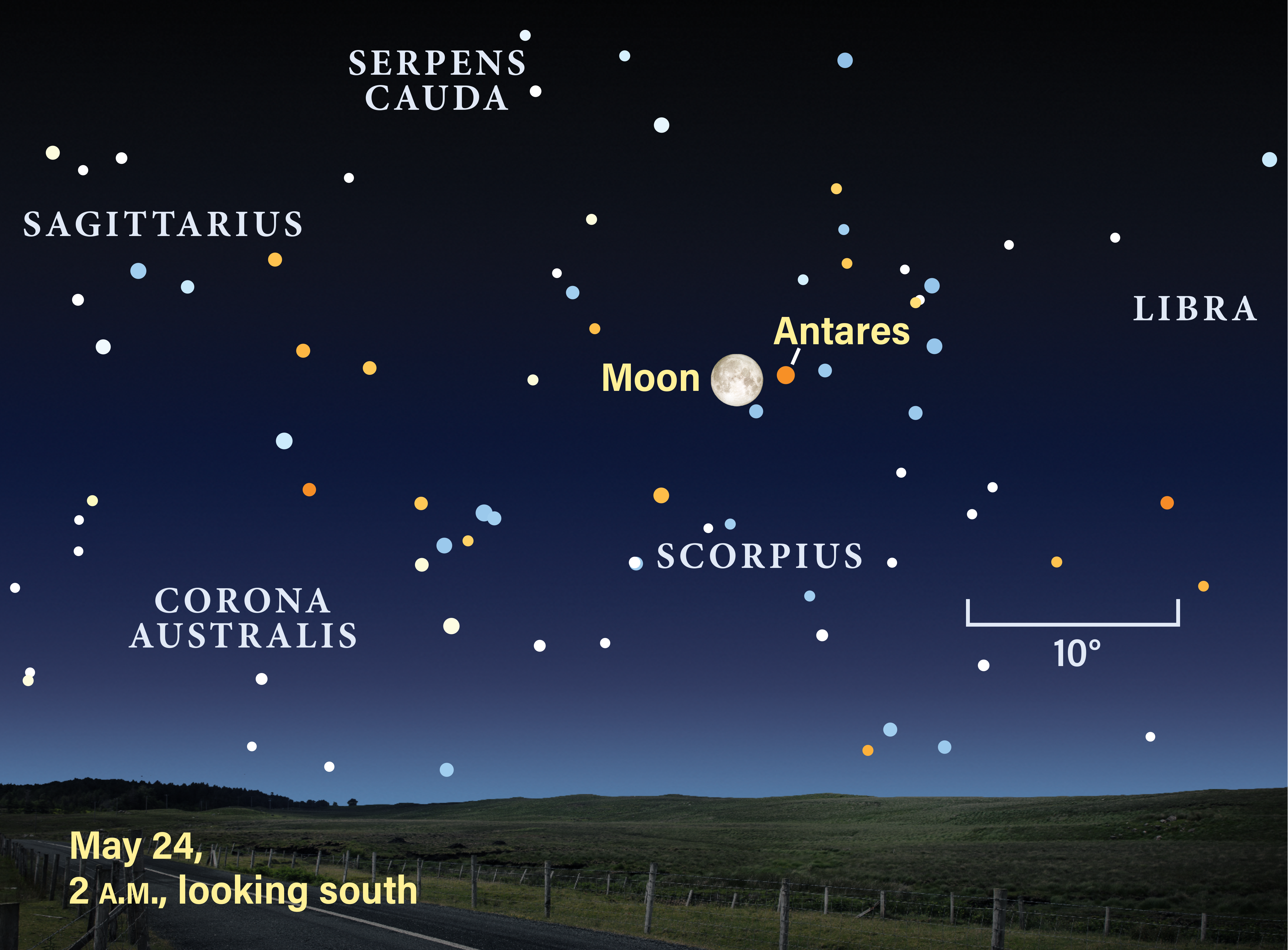T here’s a lovely crater on the young crescent Moon befitting its name: Endymion. In one version of the eponymous Greek legend, Endymion was an attractive youth whom the Moon goddess Selene (often depicted wearing a crescent Moon on her head) laid to eternal sleep so she could forever enjoy his beauty.
As seen through a telescope, the crater Endymion mirrors Selene’s mythical handiwork. It is one of the crescent’s most elegant examples of a large flat-floored crater — an impact feature subsequently flooded by fluid lava to the point of stately elegance. In Endymion’s case, this liquid basalt rose into the crater’s interior and created a smooth flood plain 15,000 feet (4,570 meters) below the slumped shoulders of its walls. Even at high powers through a telescope, the crater floor is a smooth, alluring beauty — a tranquil attraction that evokes a sense of visual silence.
You’ll find Endymion in the far northeast quadrant of the Moon. It’s the most prominent feature northeast of the crater pair Hercules and Atlas, midway between the northeastern shoulder of Mare Frigoris (Sea of Cold) and the western side of Mare Humboldtianum (Sea of Humboldt), located on the Moon’s northeastern limb. Endymion’s dark floor stands out in the bright, battered terrain that surrounds it and is best explored when the Moon has been in its waxing crescent phase for three days.
When I observed Endymion on July 11, 2012, with my 3-inch refractor, the 78-mile-wide (125 kilometers) crater appeared as a nearly circular ring (it appears out-of-round due to foreshortening) with long jagged shadows splashed across its eastern floor. I could not detect a single craterlet within its worn, undulating walls or a stitch of the ejected material — called a ray system — that gently dusts the floor from the Thales impact to the north-northwest. Admittedly, I was looking at a moderately low Sun angle, but these features are sometimes difficult to see even when looking through larger scopes.
The most fascinating features I did notice on this particular night were related to shadow play. With imagination, I could see the long shadows radiating from Endymion’s scalloped western wall. It looked like a “lake” within the crater’s floor was draining through cracks in the depression’s wall and flowing into the terminator.
What I found most astounding, however, was the fuzzy grayish penumbral effect of the jagged crater shadows, which were projected on the flat floor from the east. Every shadow — from your shadow to that of Earth — has an umbra (the darkest part) and a penumbra (a diffuse gray margin around the umbra). The penumbral shadow is less noticeable close to the base of the shadow source and greatest the farther you look from it. So the best time to see the penumbral effects on lunar crater shadows is when the Sun angle is low.
The phenomenon I saw was that the tips of the toothy points in the projected shadow had a general gray fuzziness. The floor’s polished surface seemed to enhance the effect’s visibility. You’ll have to catch the shadows at just the right time, though, to see the penumbrae well. If you look too early, the crater shadows will mingle with the terminator and ruin the view. Look too late, and the shadows will be too short for the fuzzy penumbrae to stand out well.
As always, send your observations of this crater to me at sjomeara31@gmail.com.


